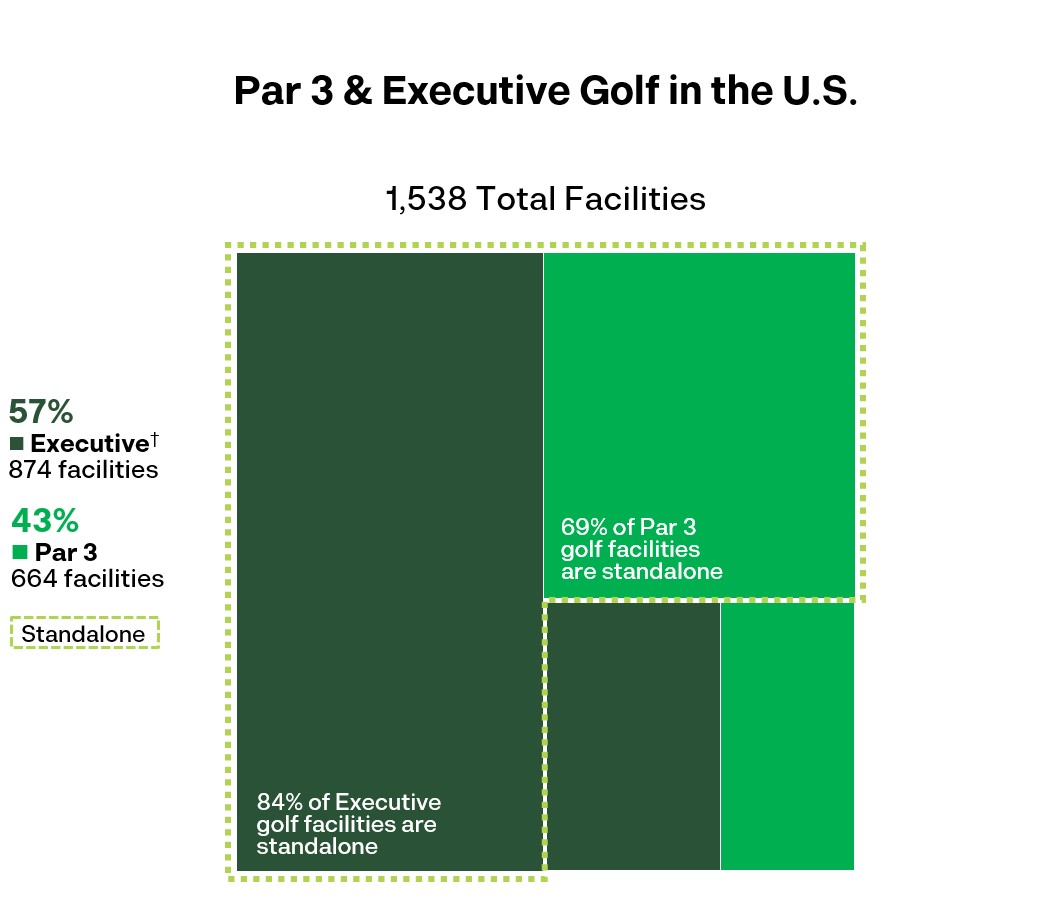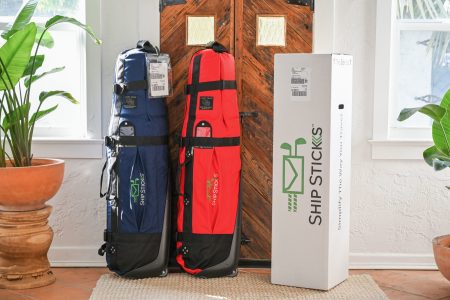Are we in the midst of a short course movement in golf?
The attention given to certain new Par 3 layouts can make it seem that way. Last year, six of the 19 course openings were Par 3s, among them the Staple Course at PGA National Resort & Spa in Florida, Tiger’s complete rework of the Hay Course at Pebble Beach in California, the 14-hole QuickSands Course at Gamble Sands in Washington, and The Baths at Blackwolf Run in Wisconsin. Go back a little further and you’ll remember some other Par 3 courses that have gotten a lot of ink, places like Bandon Preserve, The Sandbox at Sand Valley, The Playgrounds at Bluejack National, the Gimme at The Concession and Top of the Rock at Big Cedar Lodge. You can see why folks are noticing and saying ‘Hey, what’s going on here?’
Do these high-profile properties constitute a ‘movement’? Yes, in a way. At least when it comes to some high-end resorts and private clubs choosing to broaden the experience they offer by adding high quality Par 3 courses to their existing facilities.
On the other hand, consider that during golf’s supply correction over the past 16 years the number of Par 3 courses declined by 26% in 18-hole equivalent courses compared to a reduction of 11% in Regulation length 18HEQ. Executive courses are only a little more likely than Regulation courses to have closed. There are 13% fewer of them since the correction began in 2006.
Part of this is because of the nature of the operations that shut down; rather than the beautiful Par 3 courses we see pictures of at golf destinations, many were value-priced and more likely to be barely, if at all, profitable. In these cases, as with most closures, it’s likely that the land became more valuable for redevelopment than the golf business sitting on top of it.
Does this mean that we are running out of ‘short’ courses in America?

No, we are not. There are 1,538 Par 3 and Executive golf facilities in the U.S., or one out of 10 of all golf facilities. In this ‘short course’ category, Executive facilities outnumber Par 3s 3 to 2. Despite all the examples cited above in which short courses were added to existing facilities, 84% of Executive facilities are ‘stand-alone,’ as are 69% of all Par 3s.
Figure 1 above shows the number of Par 3 and Executive courses in operation today from coast to coast.
The business case for short courses is pretty straightforward: Americans generally desire less time-consuming offerings just about everywhere. And the complaint that golf ‘takes too long’ has been around for, well, a long time.
While there is definitely a market for short courses, the quality of the experience is likely as important as the ‘length’ of the experience. To be successful as businesses, short course operators need to pay attention to the quality of their golf experience, inside and out.



